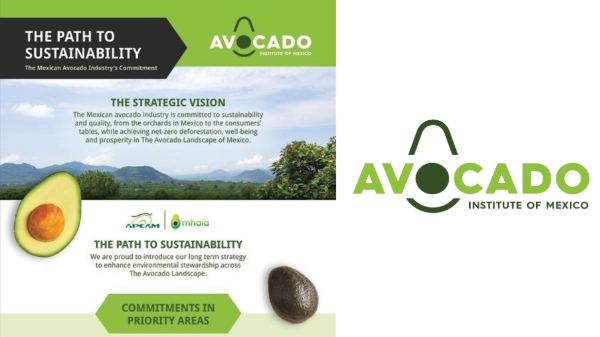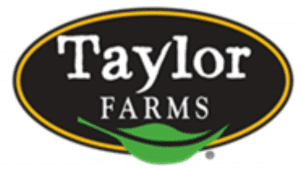Welcome to Blue Book!
Are you ready to join the thousands of companies who rely on Blue Book to drive smarter decisions? View our plans and get started today!
Still have questions? We’d love to show you what Blue Book can do for you. Drop us a line– we’ve been waiting for you.

What has come to be known as the ‘Great Recession’—the financial downturn that began in 2008—has had a huge impact on consumers in the United States and around the world. Though the recovery is progressing, the effects continue to linger in high unemployment, a growing gap between the high and low ends of the economic spectrum, and a lack of consumer confidence.

Eugene Jones, associate professor at Ohio State University’s Department of Agricultural, Environmental, and Devel-opmental Economics, believes one key difference between the 2008-09 recession and prior downturns is the “shock effect”—as it happened rather suddenly and few people had time to prepare for its effects. One way people coped was through the use of coupons. “Consumers
were forced to make adjustments for their loss of income, and they did this partly by increasing their use of coupons.”
Though coupon redemption has little to do with produce other than processed, frozen, or canned goods, the increased usage rates—10 percent in 2008 and another 27 percent in 2009—were indicative of consumers stretching each dollar as far as possible. Jones says in the history of coupon use, there has never been such significant double-digit change: “Prior to 2008,” he explains, “changes in coupon use from year-to-year never exceeded 2 percent—increase or decrease.”
Impact Variation
In the produce industry, the effects of the recession have varied considerably by company, commodity, and sector. A host of lesser factors also contributed to its impact, though many within the greater agriculture or food industries came through it relatively well.
“Most sectors of agriculture were fortunate to avoid the dramatic impact from the most significant recession since the 1930s,” says Kriss Zerr, chief financial officer and vice president of operations at Domex Superfresh Growers, which specializes in tree fruits, one of the market segments that suffered the least. “As interest rates plummeted, investors who typically looked to other, less volatile industries began to see agriculture as a safe haven and flocked to invest in our industries. Many relationships were built during this time that may not have been built otherwise.”
Still, data shows that overall consumer purchases of food, including produce, did take a hit. After growth of 5.1 percent in 2008, food sales dropped 1.1 percent in 2009 and 3.8 percent in 2010, according to the U.S. Bureau of Labor Statistics. In the previous recession in the early 2000s, the drop in sales was less severe and shorter in duration. After sales growth of 3.2 percent in 2001 and 1.0 percent in 2002, food sales fell just 0.7 percent in 2003 before recovering to increase by 8.3 percent in 2004.








